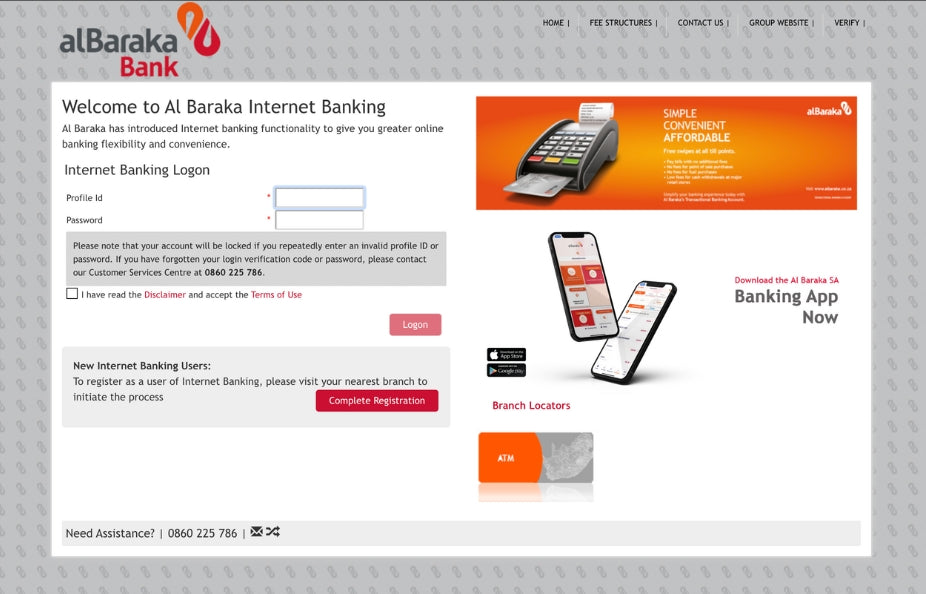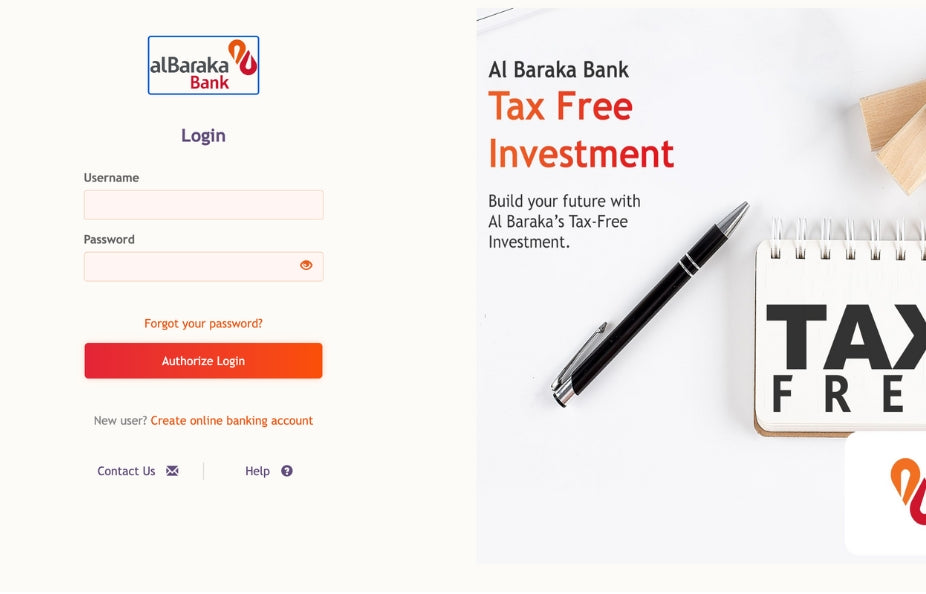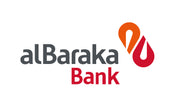PLOT AND PLAN OR TURNKEY DEVELOPMENT: A SIMPLIFIED UNDERSTANDING OF THE DIFFERENCES
Laila Cassim | Conveyancing Supervisor
WHAT IS A PLOT AND PLAN AGREEMENT?
A Plot and Plan Agreement involves purchasing vacant land and entering into a separate building contract to construct a home according to approved plans.
This approach offers:
· Customization - Buyer’s can influence the design, materials and finishes.
· Control - Greater involvement in the construction process.
· Flexibility - Ability to tailor the home to your specific needs.
However, there are also potential disadvantages to this approach:
· Cost Uncertainty - Unexpected expenses may arise due to material price fluctuations or design changes.
· Extended Timelines - Construction delays due to approvals, contractor schedules or weather conditions.
WHAT IS A TURNKEY AGREEMENT?
A Turnkey Agreement refers to purchasing a fully completed home from a developer. The buyer signs a single agreement and makes payment upon completion, thereby avoiding the complexities of managing construction.
This approach offers:
· Convenience - No involvement in the construction process.
· Cost Certainty - A fixed purchase price with fewer financial variations.
· Speed - Faster occupancy as the home is already built or is in the process of being built.
However, there are also potential disadvantages to this approach:
· Limited Customization - Buyers must accept the developer’s design, layout and finishes.
· Potential Design Constraints - Less flexibility in modifying structural elements.
WHAT ARE THE KEY DIFFERENCES BETWEEN PLOT AND PLAN AND TURNKEY AGREEMENTS?
|
FEATURE |
PLOT AND PLAN |
TURNKEY |
|
Purchase Process |
Buy land first, then construct |
Buy a completed home |
|
Customization |
Full control over design and finishes |
Developer decides on the design and finishes |
|
Payment Structure |
Staged payments during construction |
Full payment upon completion |
|
Risk Exposure |
Possible cost overruns and delays |
Fixed price with minimal cost variations |
|
Timeline |
Longer timeline for completion due to required approvals and construction |
Shorter as the home is finalized or is in the process of being finalized |
WHICH OPTION IS RIGHT FOR YOU?
Both Plot and Plan and Turnkey Agreements offer unique benefits and challenges.
If you value customization and are willing to manage construction risks, a Plot and Plan approach may be the right choice for you
If you prefer convenience, cost certainty, and a quicker date for occupation, a Turnkey Development might be the better choice.
When making a decision, it’s important to consider market conditions, future resale value, and your long-term financial plans. Consulting with legal and financial experts can further assist in making the best choice for your property investment.
For further details or advice in this regard, it is best that you consult with a Legal Practitioner.



